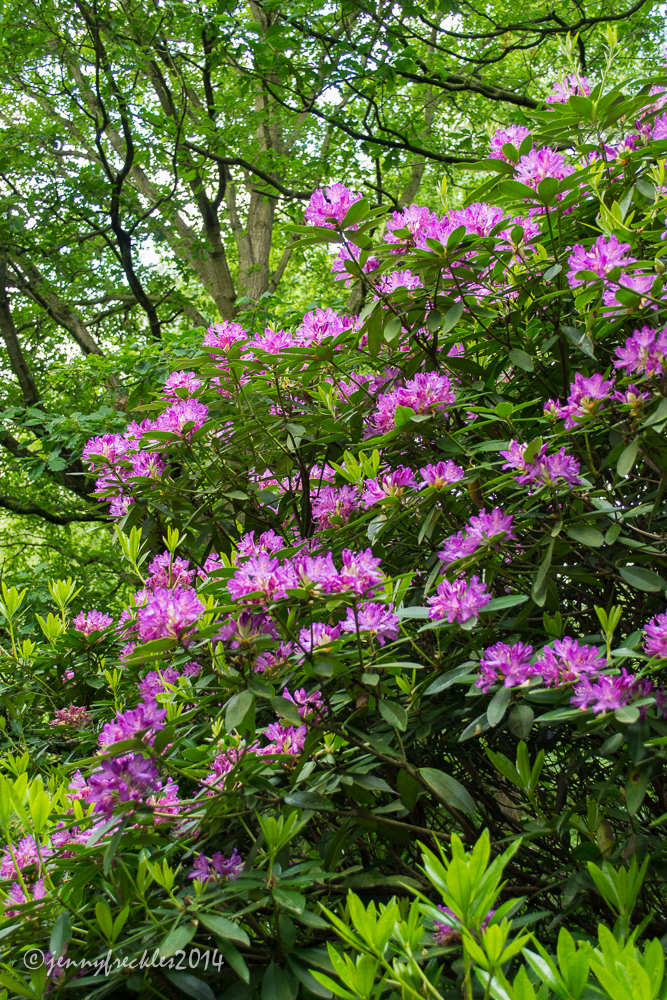Pages
Thursday, 19 June 2014
Beautiful but deadly
The showy, spring-flowering rhododendrons and azaleas in our parks have mostly passed their peak. There were only these purple ones (Rhododendron ponticum) still in bloom in Golden Acre Park. They are not native to Britain. They were introduced in the late 18th century, from Asia, Spain and Portugal. Prized for their exotic and colourful blooms, they were planted all over the country in Victorian parks and gardens. The trouble is that they are not only toxic to grazing animals but they spread quickly, via seed and roots. They rapidly crowd out our native plants, with consequent negative effects on animals, insects and birds. Notoriously difficult to control and eradicate, they are now considered to be an ecological disaster, especially in areas such as the west of Scotland, Wales and heathlands in the south of England. Efforts are being made in many areas to root out the pest.
Subscribe to:
Post Comments (Atom)



Difficult to see such beauty as deadly, even though I've seen the destruction of many a Welsh hillside. But I think I've read that rhododendrons were native to these shores before the ice age.
ReplyDeleteThey were talking about this on Countryfile.
ReplyDeleteI had no idea! They are iffy plants here since they don't survive the winter very well at all.
ReplyDeleteI didn't know that! I have a little azaela and my cats don't bother it. Maybe they know more than me!
ReplyDeleteHere in NC we have native rhododendrons and our cows graze amongst them and seem to leave them alone. I also have a few hybrid rhodos on which the deer seem to thriv
ReplyDeleteI know that rhodies are not native here (I think they originated in Korea), but the idea that they are dangerous seems preposterous to me. I am not cutting any of mine down!!!
ReplyDelete